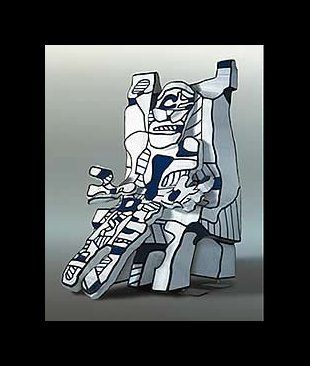Jean Dubuffet (1901-1985)
Get a Dubuffet Certificate of Authenticity for your painting or a COA for your Dubuffet drawing or sculpture.
For all your Dubuffet artworks you need a Certificate of Authenticity in order to sell, to insure or to donate for a tax deduction.
How to get a Dubuffet Certificate of Authenticity is easy. Just send us photos and dimensions and tell us what you know about the origin or history of your Dubuffet painting, drawing or sculpture.
If you want to sell your Dubuffet painting, drawing or sculpture use our selling services. We offer Dubuffet selling help, selling advice, private treaty sales and full brokerage.
We have been authenticating Dubuffet and issuing certificates of authenticity since 2002. We are recognized Dubuffet experts and Dubuffet certified appraisers. We issue COAs and appraisals for all Dubuffet artworks.
Our Dubuffet paintings, drawings and sculptures authentications are accepted and respected worldwide.
Each COA is backed by in-depth research and analysis authentication reports.
The Dubuffet certificates of authenticity we issue are based on solid, reliable and fully referenced art investigations, authentication research, analytical work and forensic studies.
We are available to examine your Dubuffet painting, drawing or sculpture anywhere in the world.
You will generally receive your certificates of authenticity and authentication report within two weeks. Some complicated cases with difficult to research Dubuffet paintings, drawings or sculpture take longer.
Our clients include Dubuffet collectors, investors, tax authorities, insurance adjusters, appraisers, valuers, auctioneers, Federal agencies and many law firms.
We perform Jean Dubuffet art authentication, appraisal, certificates of authenticity (COA), analysis, research, scientific tests , full art authentications. We will help you sell your Jean Dubuffet or we will sell it for you.
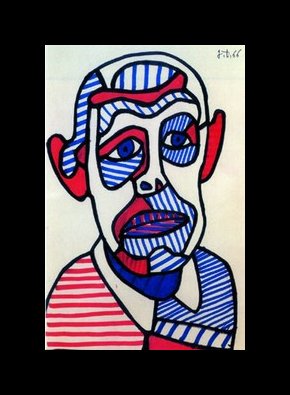
Jean Dubuffet was born in Le Havre, France and became a very successful Abstract/Pop artist, although he has also been considered a Futurist and a Surrealist by some critics. However, Dubuffet’s biggest accomplishment was probably being one of the most experimental and original artist of his time, and is considered the leader of the Art Brut movement.
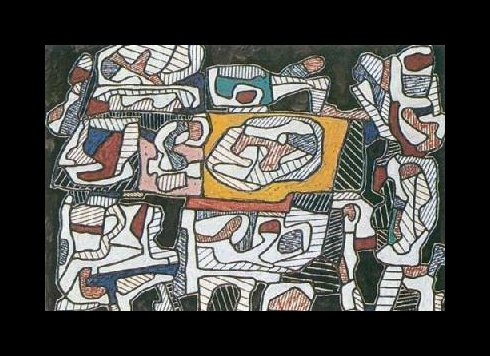
Dubuffet traveled to Paris to study at the Academie Julian at the age of 17 where he would stay only briefly, and eventually went to learn how to paint on his own. At this time, he became friends with and influence by fellow painters Suzanne Valadon and Raoul Dufy.
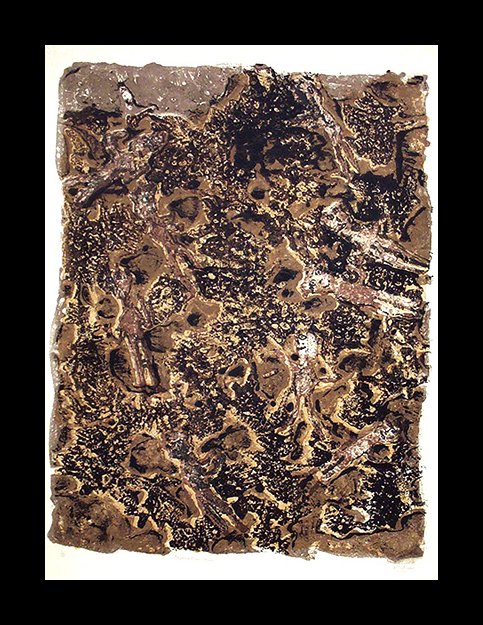
Unlike many other artists of the day, Dubuffet stayed far away from the Parisian social art scene and instead spent his time delved into other interests like music and poetry. It was his goal to lead a simple life, and so he would eventually move back to Le Havre and settle down. He worked a number of jobs, including working in his family’s wine cellars in Paris, and did very little painting from 1925 to 1942. What little painting or art he created at this time were mainly portraits and sculptures of marionettes. It is known that Dubuffet destroyed much of his work created before the 1940s, so to find one of his early pieces would be a treasure indeed.
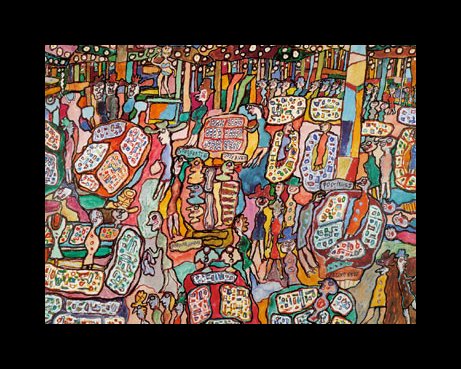
After coming out of his artistic slump, Dubuffet had his first exhibit at the Galerie Rene Drouin in Paris in 1944. It was at this point where his career began to pick up and his art was exhibited in New York in his first one man show at the Matisse Gallery in 1947. From this point on, he would take part in exhibitions of his art all over the world, creating and showcasing his wide range of his work until his death in 1985.
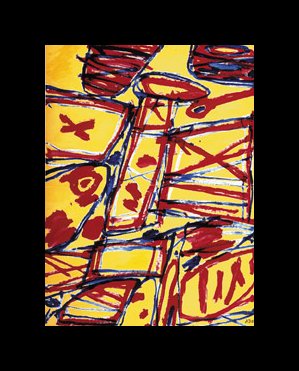
In the late 1940s Dubuffet traveled to Algeria, where he created a number of paintings. Dubuffet would eventually learn Arabic and live in Algiers for a short while. He would also live in New York in the early 1950s, but always ended up near his home town of Le Havre.
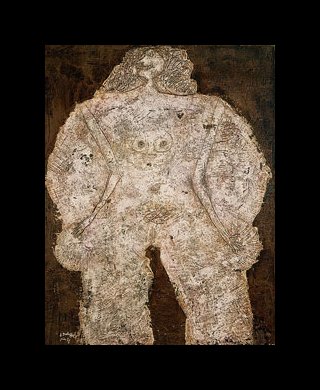
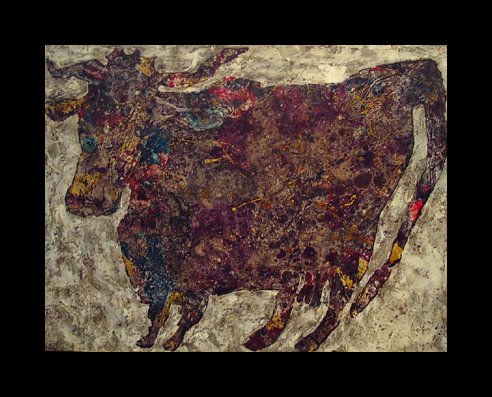
Dubuffet was truly interested in every aspect of art that he could learn about, and was a highly experimental artist. He went through a number of phases learning about texture, primitive art and landscapes and did intense studies of each which reflected in his work. He even delved himself into the work of mentally ill patients and was fascinated with their spontaneous and often anguished work. One of his most notable experimental stages was creating the Hourloupe series, which were essentially created with ballpoint pen. Through this style, Dubuffet proved that color was unimportant by using only red, black and blue ink. The Hourloupe style would later influence his sculptures greatly.
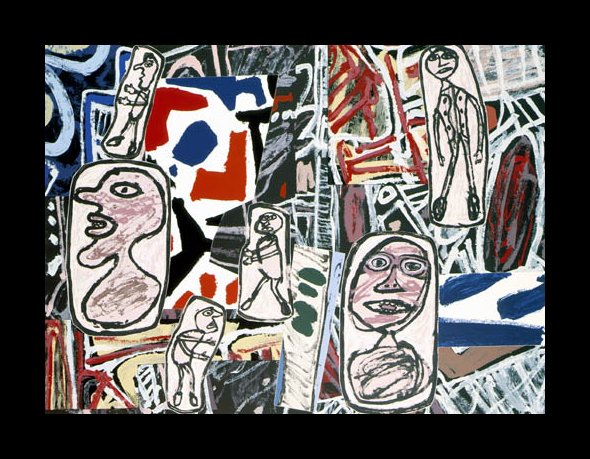
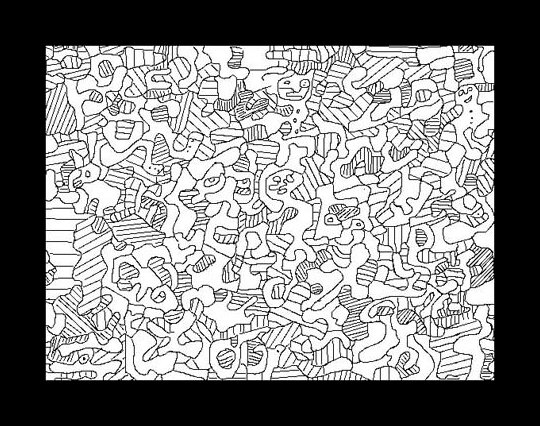
To Dubuffet, there was no such thing as “ugly” art. He would attempt to add humor to even the most grotesque compositions, and appreciated nearly every kind of art form known to man. In this sense, Dubuffet is probably one of the worldliest artists of his time, as he refused to embrace one certain type of style or medium. He would use gravel or leaves in the same way that most artists would use oil or gouache. Dubuffet used a spatula when most artists would use a paintbrush—a mere illustration of how he always attempted to be different in his approach on art.
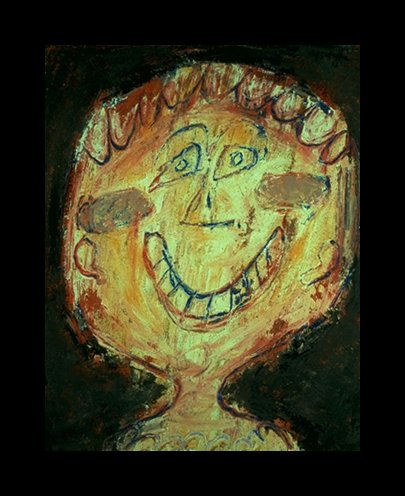
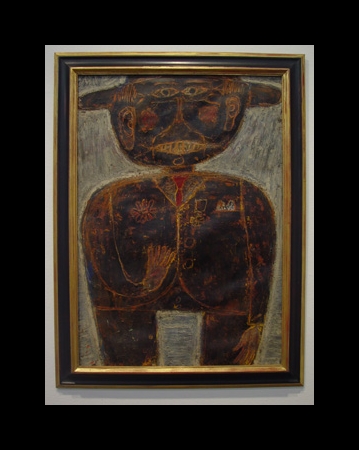
While some may compare his work to fellow artist Alberto Giacometti, there was really no other artist quite like Dubuffet. Today his paintings are housed worldwide including in the Guggenheim Museum in New York. Still wondering if you have an original sculpture or painting by Jean Dubuffet? Contact us to help you research and authenticate a work by this great artist.
